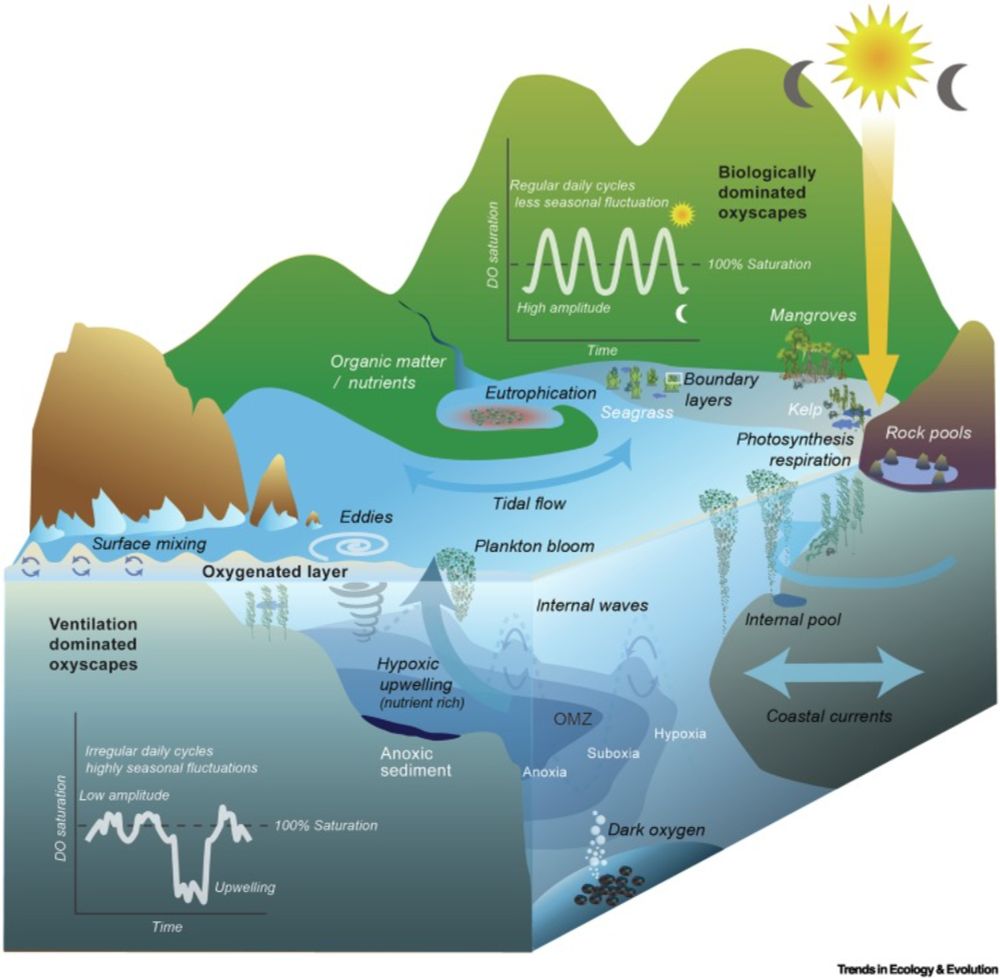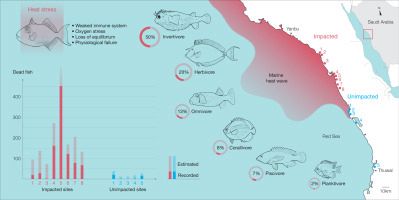
#argofloats #oneargo

#argofloats #oneargo
To facilitate this, we provide several practical solutions to standardize methods and to evaluate ocean-reef connections more critically.

See our interdisciplinary review on ocean-reef connections!
Download here: tinyurl.com/jbah3cjx
@remotereefs.bsky.social
@eco-oce-lab.bsky.social

Join the discussions on #FieldData, #satellites & #modelling 👉
oceancarbonfromspace2025.esa.int

Join the discussions on #FieldData, #satellites & #modelling 👉
oceancarbonfromspace2025.esa.int
agupubs.onlinelibrary.wiley.com/doi/10.1029/...

agupubs.onlinelibrary.wiley.com/doi/10.1029/...
EMCG — droplet-based single-particle genomics method 🧬⚠️Sequencing marine microbes one by one — in nL of seawater!
Ultra-high resolution — no culture, no bulk averaging. A new way to see the invisible 🫥 🌊 rdcu.be/eOsUF #protistsonsky @bigelowlab.bsky.social

EMCG — droplet-based single-particle genomics method 🧬⚠️Sequencing marine microbes one by one — in nL of seawater!
Ultra-high resolution — no culture, no bulk averaging. A new way to see the invisible 🫥 🌊 rdcu.be/eOsUF #protistsonsky @bigelowlab.bsky.social

agupubs.onlinelibrary.wiley.com/doi/10.1029/...

agupubs.onlinelibrary.wiley.com/doi/10.1029/...
agupubs.onlinelibrary.wiley.com/doi/10.1029/...

agupubs.onlinelibrary.wiley.com/doi/10.1029/...
Data-driven methods can provide more accurate map of #marine #biodiversity / #ecology #distribution 🌍
shorturl.at/DFCii

Data-driven methods can provide more accurate map of #marine #biodiversity / #ecology #distribution 🌍
shorturl.at/DFCii
‘Climate change impacts to upwelling and shallow reef nutrient sources across an oceanic archipelago’
Out now in Limnology and Oceanography @aslo.org
aslopubs.onlinelibrary.wiley.com/doi/10.1002/...
⬇️🧵

‘Climate change impacts to upwelling and shallow reef nutrient sources across an oceanic archipelago’
Out now in Limnology and Oceanography @aslo.org
aslopubs.onlinelibrary.wiley.com/doi/10.1002/...
⬇️🧵
Surprisingly, they find no clear national-level decline in coral cover over nearly 30 years. 🤯
link.springer.com/article/10.1007/s00338-024-02540-6

Surprisingly, they find no clear national-level decline in coral cover over nearly 30 years. 🤯
link.springer.com/article/10.1007/s00338-024-02540-6
www.nature.com/articles/s42...

www.nature.com/articles/s42...

Marine fishes exhibit extraordinary patterns of diversity, but how does this diversity relate to their productivity? 🐟🐠🐡
🌐
🦑🧪
🔗 nature.com/articles/s41...

Marine fishes exhibit extraordinary patterns of diversity, but how does this diversity relate to their productivity? 🐟🐠🐡
🌐
🦑🧪
🔗 nature.com/articles/s41...
#EcologicalOceanography #InterdisciplinaryResearch #CoralReefs #OceanicSubsidies
doi.org/10.1038/s415...
@sosbangor.bsky.social

#EcologicalOceanography #InterdisciplinaryResearch #CoralReefs #OceanicSubsidies
doi.org/10.1038/s415...
@sosbangor.bsky.social

We study ocean-reef connections and their influence on reef function and persistence under climate change. Reach out to discuss opportunities! 🌊🧪
kgfp.kaust.edu.sa

www.sciencedirect.com/science/arti...

www.sciencedirect.com/science/arti...


